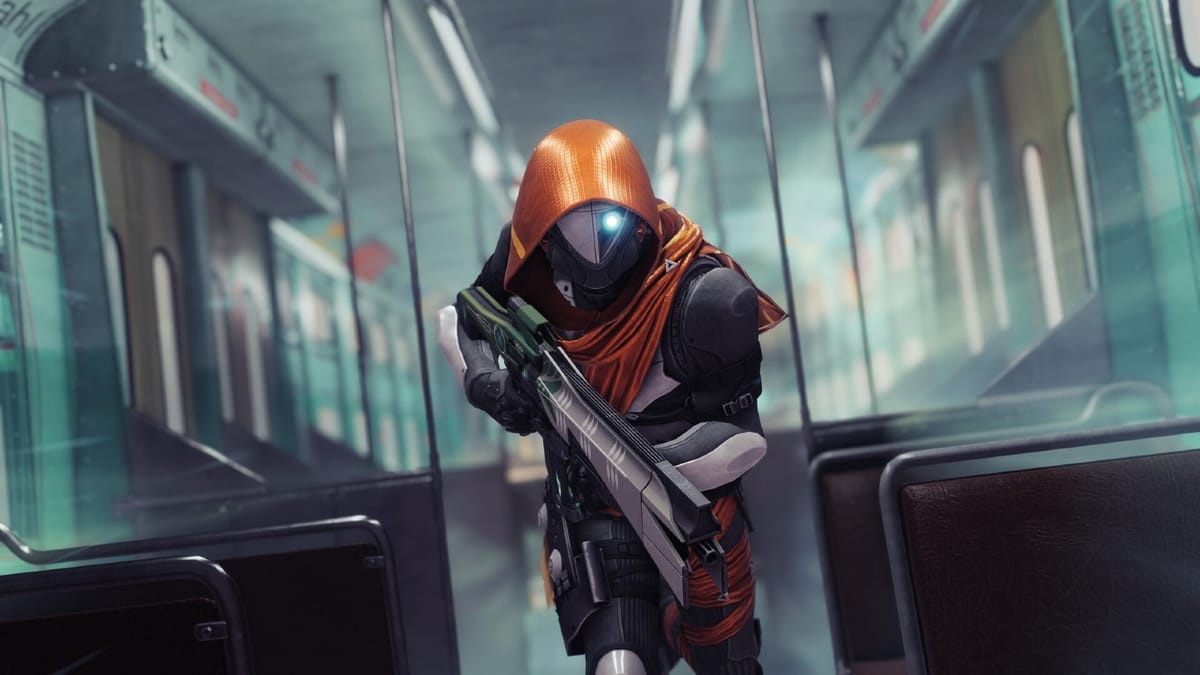
Alright Destiny 2, you just finished your decade long Light and Dark Saga with 2024’s The Final Shape, a gamble of an expansion that released to incredible impressions, record-high review scores, and soaring player sentiment. So, how do you up the ante in 2025 after hitting the jackpot? Well, like every good gambler knows, you can’t hope to chase a big win with an even bigger one. After fully digesting The Edge of Fate, I can tell there’s some gambling wherewithal at Bungie. This expansion feels like the low-stakes follow-up to a gargantuan wager, complete with new beginnings, fresh intrigue, more proper nouns than you’ll ever hope to remember, and, unsurprisingly, plenty of new (and familiar) frustrations.
From the moment marketing for The Year of Prophecy, Destiny 2’s 11th year in service, started, Bungie made it very clear that the days of one massive expansion per year were over. Now, Destiny 2 players can expect two sized-down expansions per year with four “major” updates sprinkled in throughout. The Edge of Fate was promised as a Rise of Iron-sized update – not as big as say, Lightfall, but not as small as a typical season. The major updates will apparently be about as substantial as Into the Light, the limited-time event before The Final Shape. In terms of annual content, this is definitely less than years prior, which were made up of one large expansion followed by four beefy seasons. But what did you expect from an 11-year-old live service franchise at this point?
The Edge of Fate’s story is undoubtedly the highlight of this expansion. Notice I did not say the story campaign is the highlight; more on that later. TEoF’s story unfolds directly after the events of TFS and its subsequent Episodes in a totally new area of the galaxy. After receiving an invitation from the Nine – yes, Xur’s Nine – the Guardian, Ikora, and Drifter use lightspeed travel to reach the new planet/destination, Kepler. The planet is inhabited by the mysterious Ionian people alongside two new characters to the franchise: the enigmatic Orin, a former emissary of the Nine, and Lodi, an amnesiac wanderer. Enemy factions present on the new destination include invading Choral Vex and the Fallen House of Exiles, led by Prime Archon Levaszk. Per usual, it’s up to the Guardian (sometimes now referred to as the Weapon, which is so sick) to thwart the Fallen’s evil plans and seek answers from the Nine.
The narrative adventure in this expansion is honestly quite gripping. New characters connect to existing ones, offering new insight into relationships and backstories we once thought static. The stakes are high, the twists are unexpected, and best of all, the story leaves you with more questions than answers. But not in a Lightfall way, more in the leadup to the original Destiny way. You just want to keep speaking to these characters and solving these mysteries. The voice actors really brought it this time around, with Lodi and Levaszk (who sounds like G1 Megatron) being the two standout newcomers. Additionally, the story of TEoF does an excellent job of setting up the next Destiny saga, leaving plenty of loose ends and teasers to keep us coming back for each new story drop. I can’t tell you how nice it is to have interesting, engaging storytelling back in Destiny now. Man, was it missed.
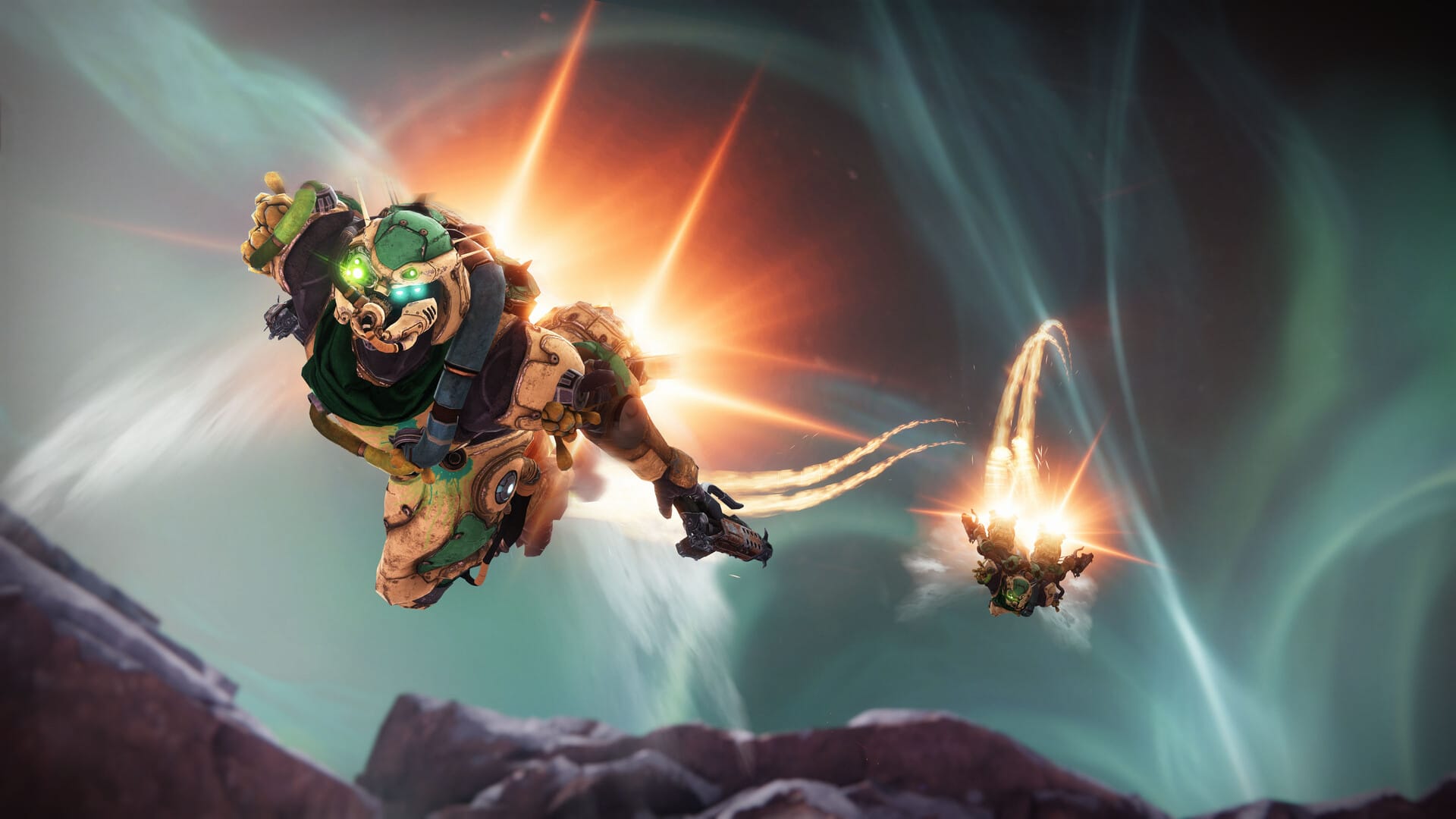
Before we can discuss campaign missions, we first have to talk about the new abilities. Early in the campaign, the Guardian gains access to “Dark Matter” powers: a primordial force separate from the Light and Dark that allows Guardians to use a few new abilities, such as the ability to turn into a small ball (Matterspark) and the ability to “alter” platforms and walls around you (Mattermorph). There are also portal-like devices that let Guardians teleport through certain sections of a level. Each ability is unlocked at different points in the campaign, and eventually they’re all leveled up and used in unison in combat challenges and puzzles. They’re necessary to fully explore Kepler, but why would you want to? Kepler is easily the least visually interesting Destiny location so far, covered in reused Fallen and Vex assets scattered across bland rockfaces.
Now, if you’re thinking that these abilities belong in a Metroidvania, you’d be correct. They all serve a unique purpose and function as new ways to interact with the game world. Except, none of the abilities are very interesting – they’re all pretty surface level, not building on any existing Destiny 2 systems or effectively adding to the gunplay. The puzzle-solving around these additions was novel for the first mission or two but got old very quickly, which is a pity since they’re needed to traverse the entirety of Kepler; no Sparrows on this space rock. But even though they left me disappointed, I have to commend Bungie for at least trying some new things.
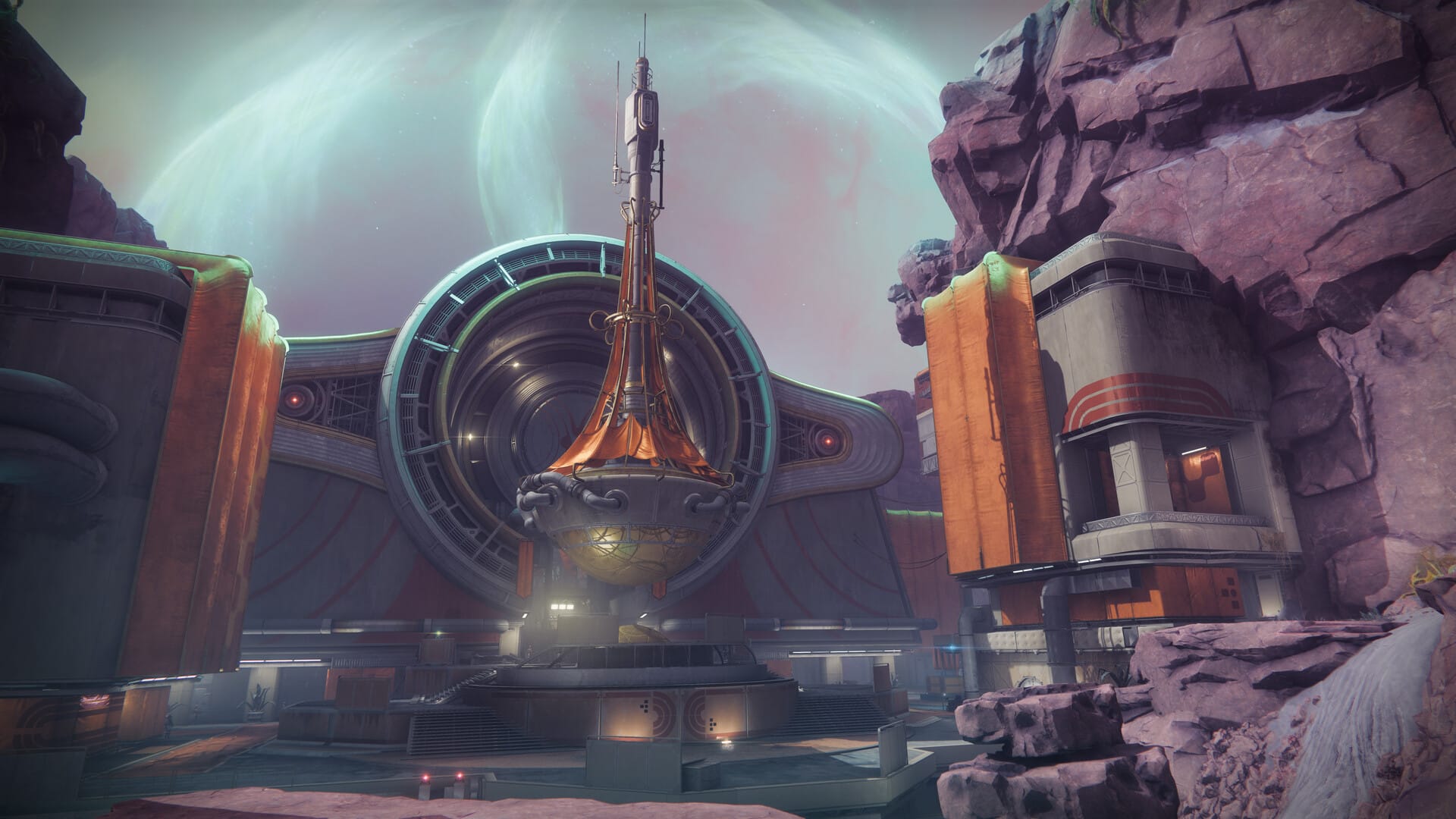
Unfortunately, the campaign missions that house the aforementioned impressive story beats leave a lot to be desired. Missions are heavily focused on the new Dark Matter abilities, shoehorning them into many of the combat arenas, platforming, and simple puzzles when, most of the time, I’d rather just be tearing my way through hordes of bad guys and using my, you know, actually fun abilities. There are two or three new enemy types amongst the Fallen and Vex, which is appreciated, and the Legendary difficulty returns and remains the proper way to experience a Destiny campaign. But other than that, the missions are a bit of a chore, best enjoyed when you’re blasting right through them.
New activities in The Edge of Fate include the campaign, a few dozen run-of-the-mill side quests, The Sieve, Solo Operations, the world tier system, and a new raid. Side quests in TEoF are no more than patrols with more narrative dressing; go here, collect this, kill that, dunk this over there, you know the drill. The Sieve is a new public event-style activity (think Season of the Haunted’s Nightmare Containment) that, while not very innovative, offers some pretty hefty rewards upon completion. Solo Operations are a welcome addition to the Portal (the new Netflix/CoD-style main destination menu, gross), and are essentially a playlist of short, soloable missions in the vein of Lost Sectors. The world tier system allows players to choose their own difficulty for patrol.The system offers four tiers, and at the highest level, be prepared to get two-shotted by a Dreg and simultaneously laughed at by every enemy in the area. Increased challenge in D2 is something that a lot of players like to see, myself included. The new raid, The Desert Perpetual (they rarely miss with names in this franchise), seems to have garnered a generally positive response amongst the community, which is nice to see.
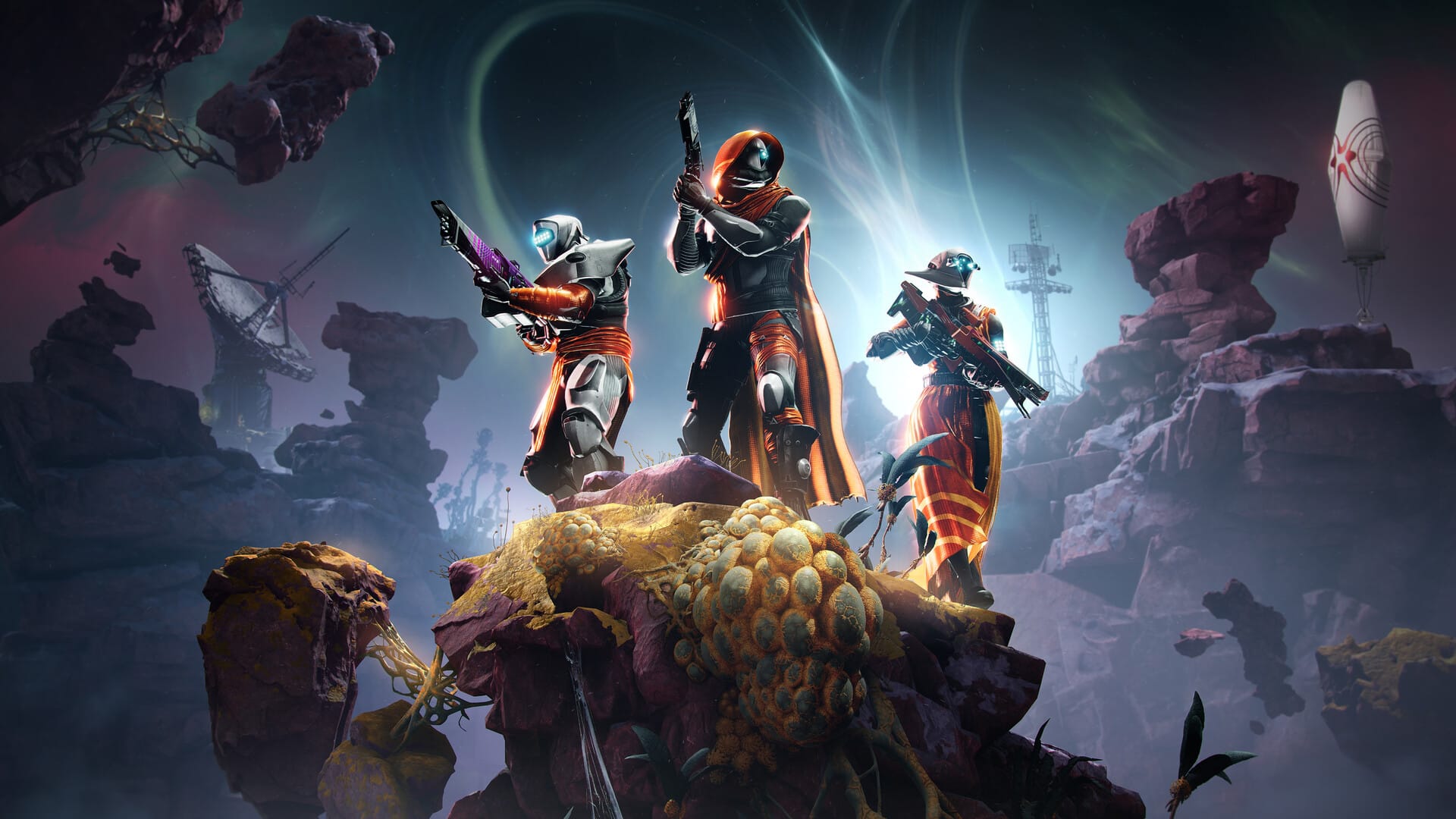
For what was marketed as a “small” expansion, this seems like a lot to do. And realistically, it is a fair amount. But the problem is that none of it is particularly fun or engaging enough to justify the number of hours needed to trudge through it all.
There are also dozens of balancing, gear, and quality of life updates as part of TEoF, far too many to fully list here. Armor 3.0 simplifies armor buildcrafting (again) to make it more welcoming towards new and casual players. Everyone’s power level is now reset to zero, with 200 being the new soft cap. Weapons and armor drops are now tiered, essentially resetting the gear economy and rendering many old, existing builds inadequate in comparison to new gear (sort of defeats the purpose of an extensive, historied vault, no?). The new gear on offer is all around pretty good. Bungie consistently delivers exciting new legendary and exotic items to chase and experiment with, which is always a pro.
Many of the new changes appear to be catering towards new players. But like I said in my review of The Final Shape, this franchise is 11 years old at this point, and often divisive. You should probably stop worrying about bringing new players in and focusing on keeping the dwindling number of players you have left happy. Overall, if you ask me, these changes seem like they would have gone perfectly alongside the launch of a Destiny 3, but hey, what do I know?
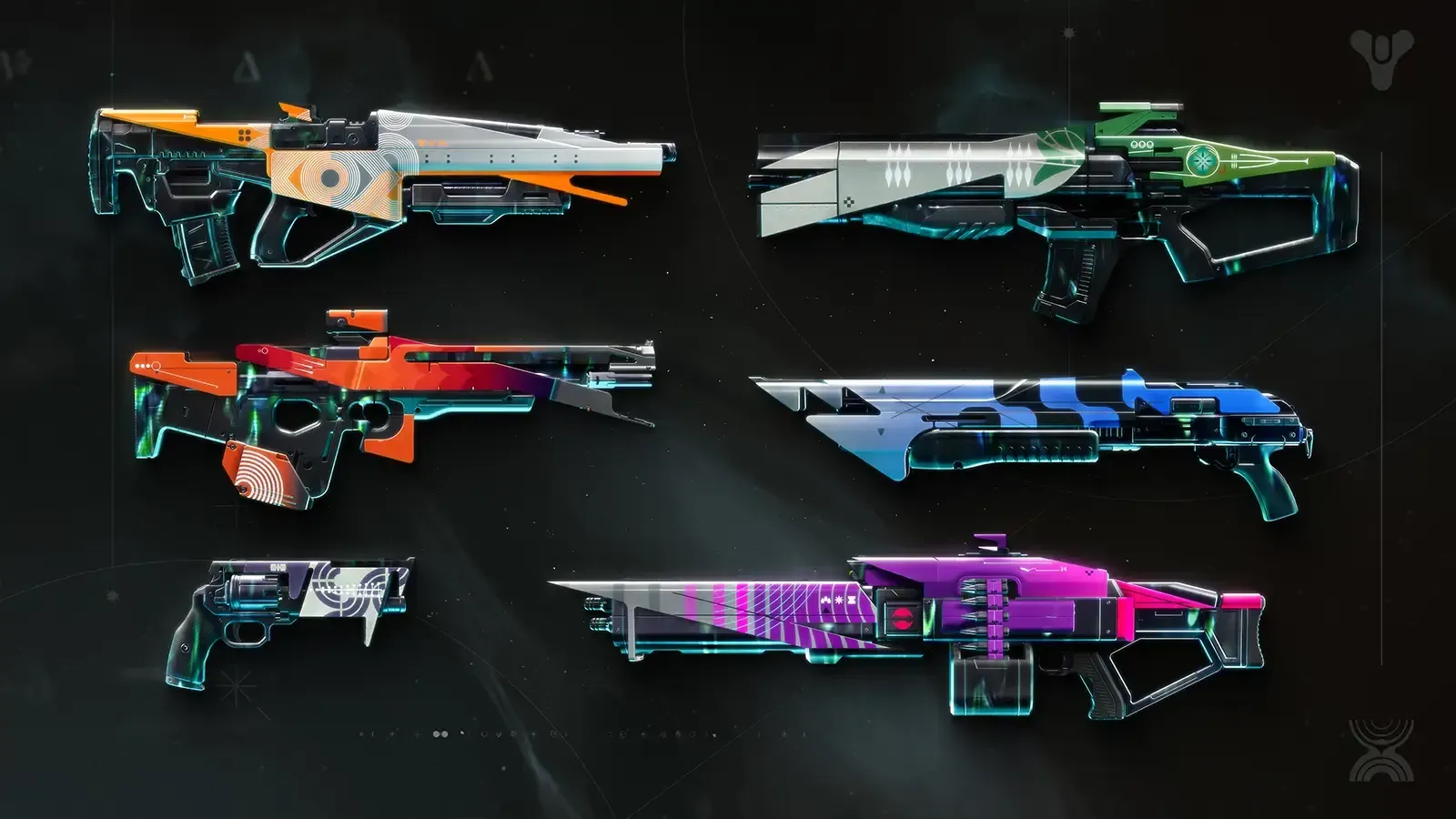
Also, apparently we’re currently in a season? Season: Reclamation? I really don’t know what the main focus of this season is besides an excuse to continue offering a 110-tiered rewards pass. Typically, seasons involve their own contained campaign complete with set piece moments and new activities, but at the moment it does not look like Reclamation is following that precedent. At least the rewards pass is pretty juiced, complete with all the currencies, cosmetics, and exotic rewards you could ever need to carry you through an expansion.
As for Crucible, I think the Portal screen actually does a good job of just getting players straight into a game. Beyond that, it’s pretty much business as usual. I came to terms with the fact that PvP in Destiny 2 is essentially dead a few years back. There was a time when it was fun to dabble in, but sadly I think those days are far behind us as updates to the Crucible are consistently miniscule in size and generally on an annual basis. To all seven regular Crucible players still out there: I think it’s time to move on.
How will The Edge of Fate be remembered in Destiny 2’s history? Probably not fondly. Too many unnecessary changes and additions, uninspired new abilities, lame campaign missions, and a lack of substantive content make this a disappointing expansion at best, and a skippable one at worst. Hey, at least the story was good.
Destiny 2: The Edge of Fate
Alright
The Edge of Fate is the most whelming Destiny 2 expansion of all time. There are additions, sure, but there aren’t any real innovations that deepen the D2 experience the way The Final Shape, or even Lightfall, did. Unless you like turning into a little ball and rolling around, of course.
Pros
- Story takes center stage
- World tiers offer increased challenge
Cons
- New abilities are underwhelming
- Kepler is not a good destination
- Feels too catered towards new players
This review is based on a retail PS5 copy provided by the publisher.
